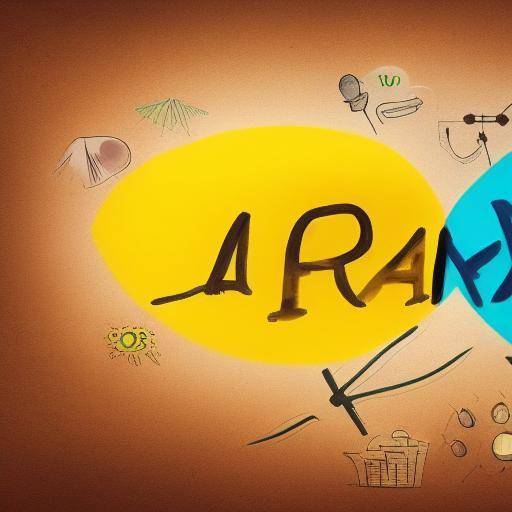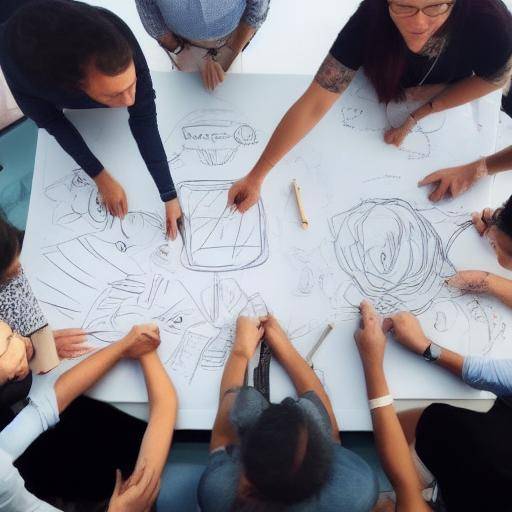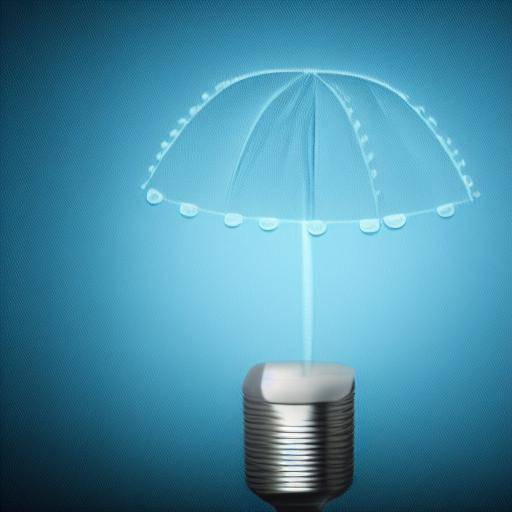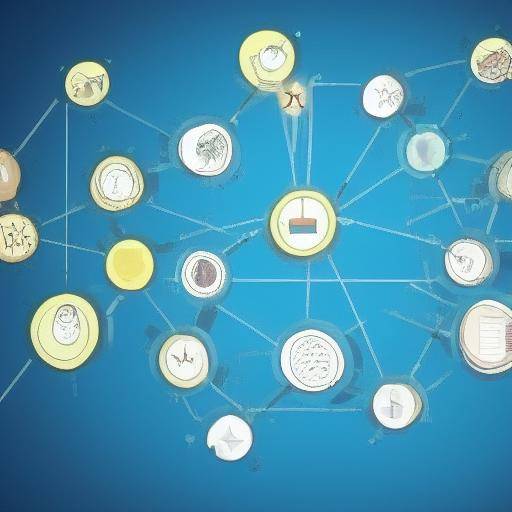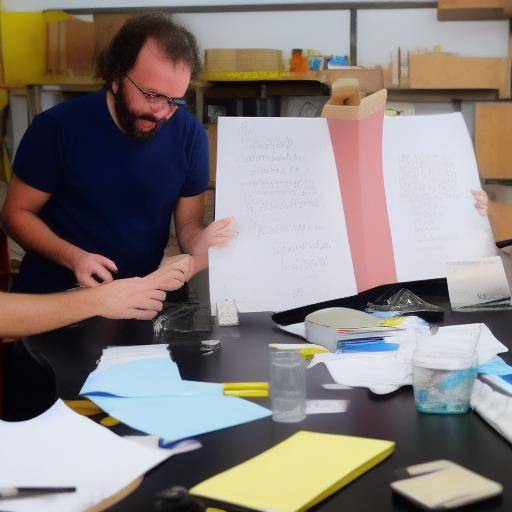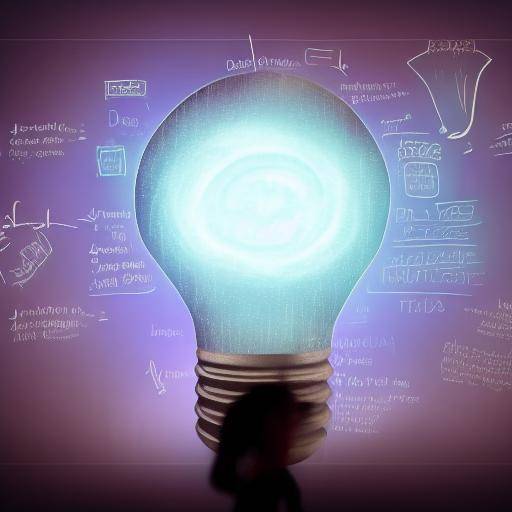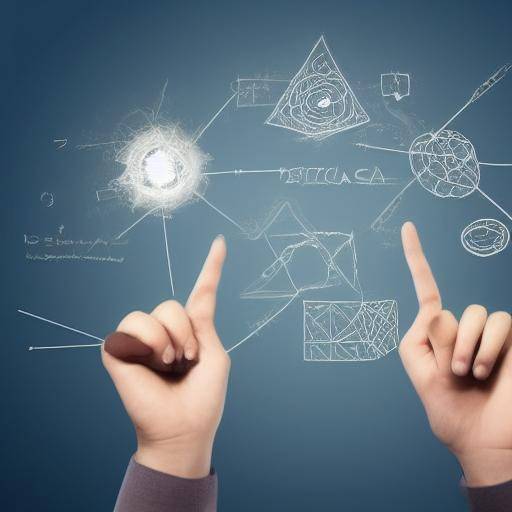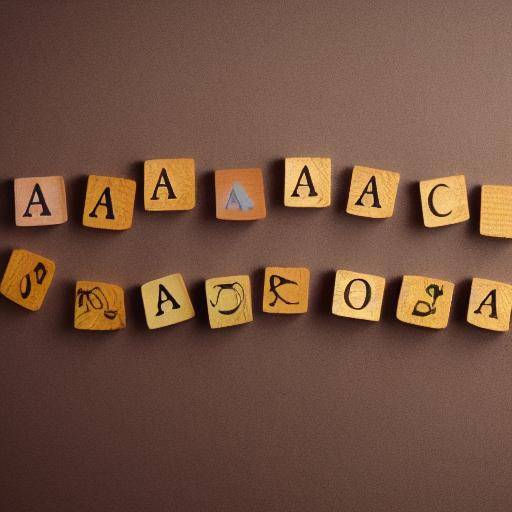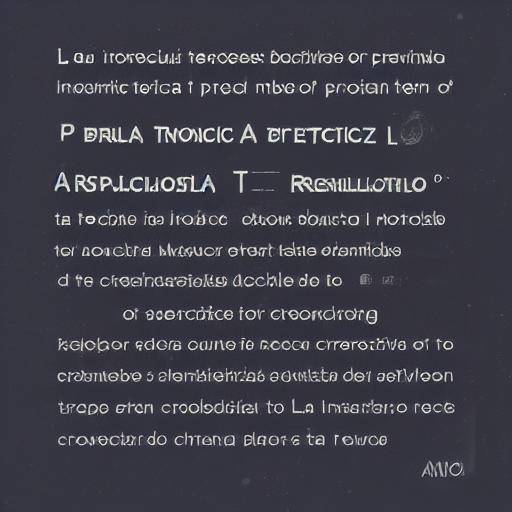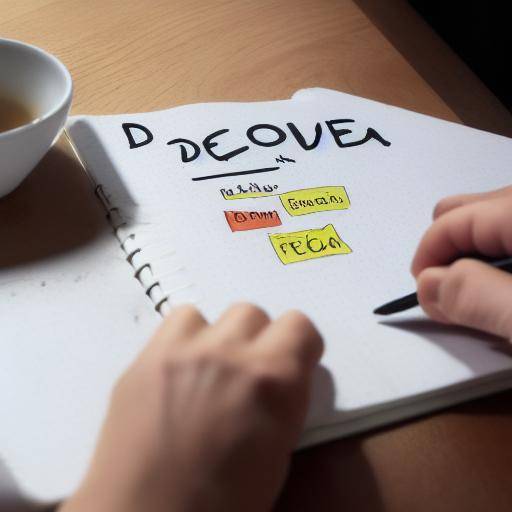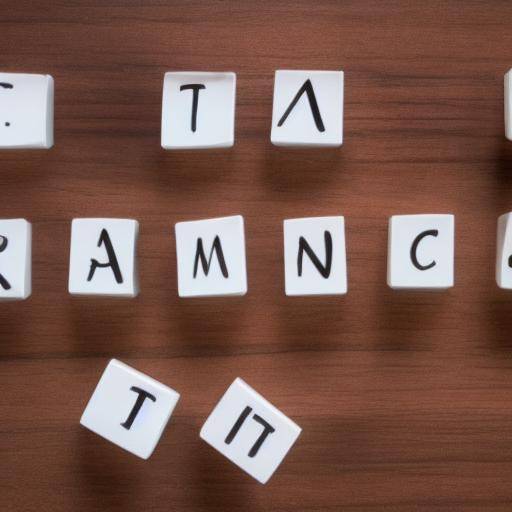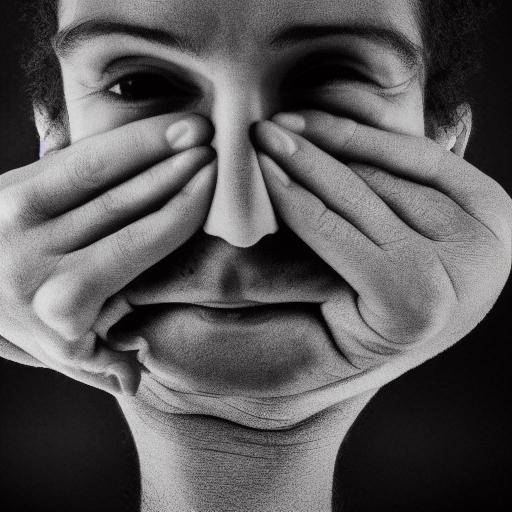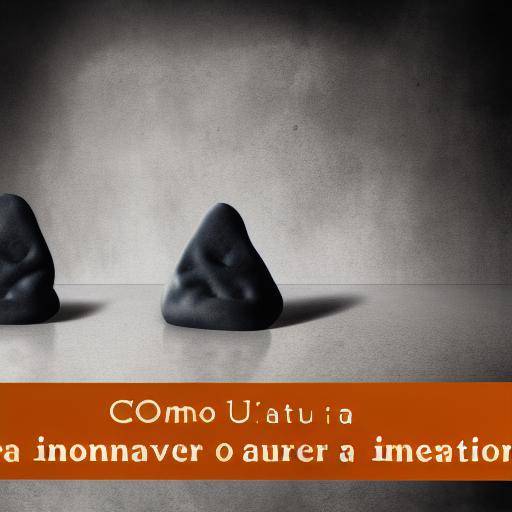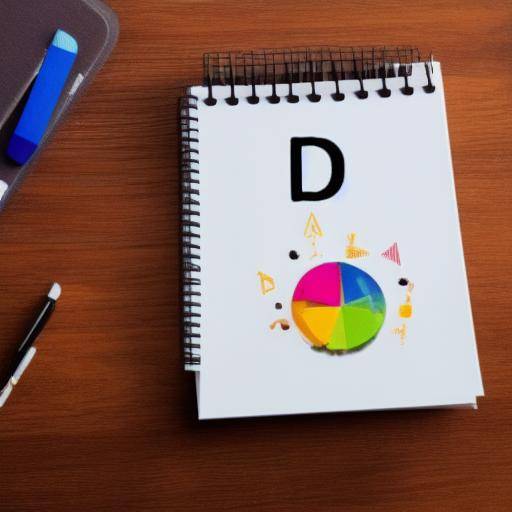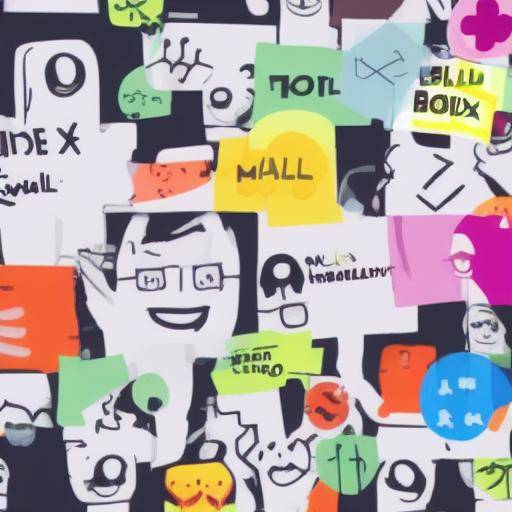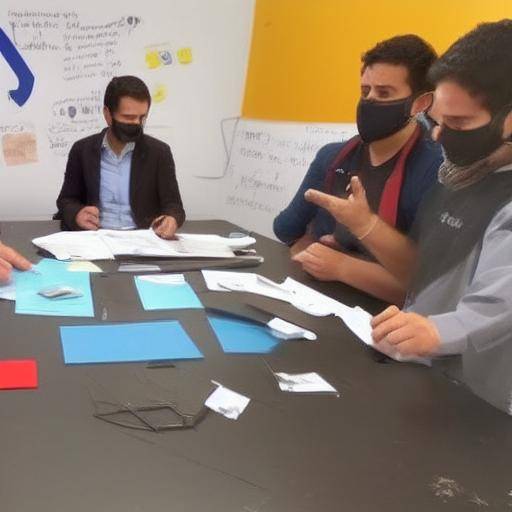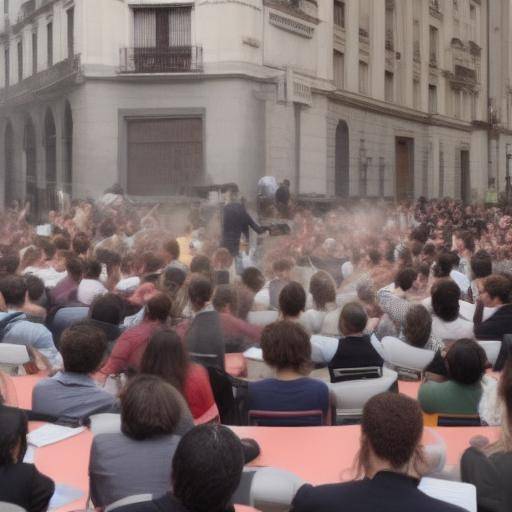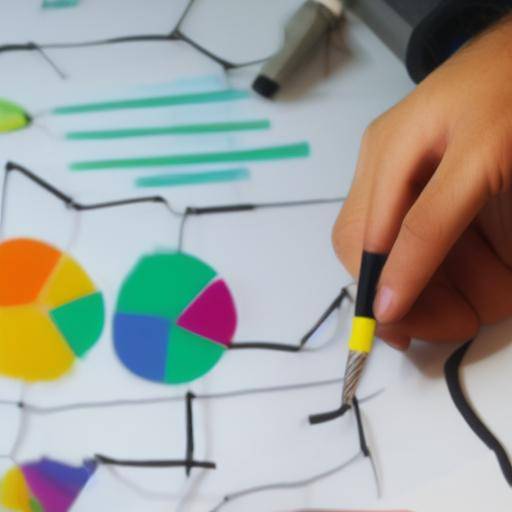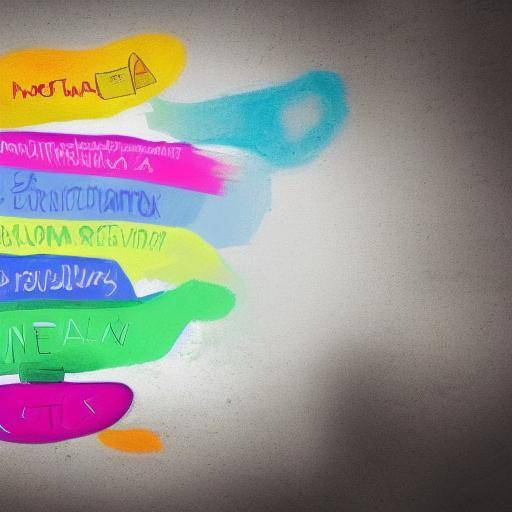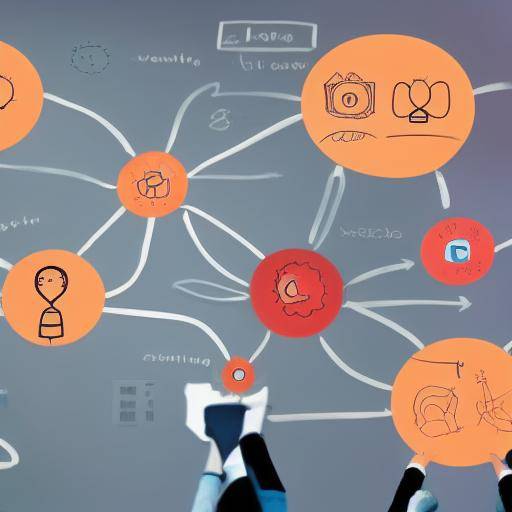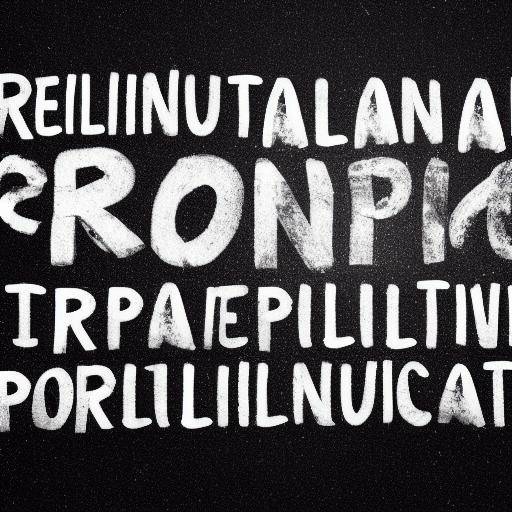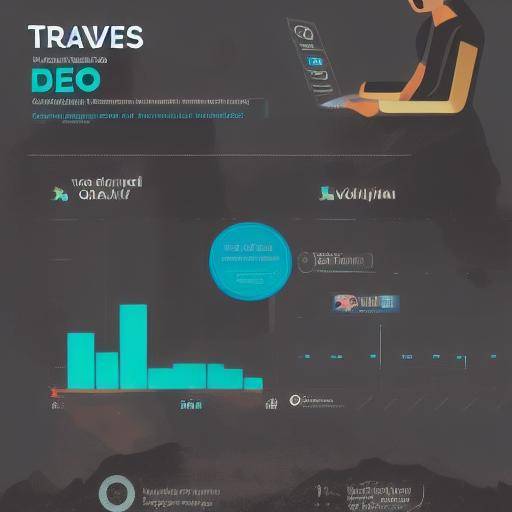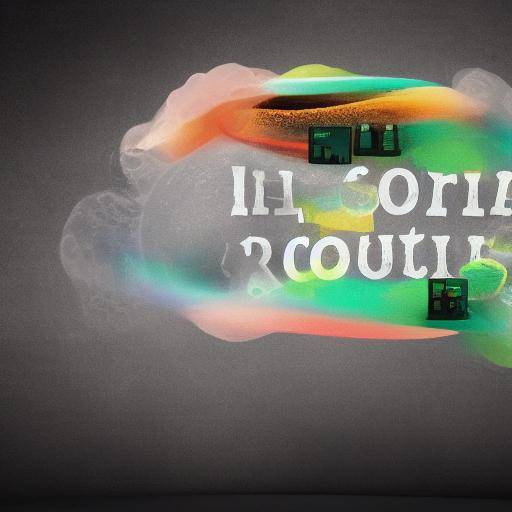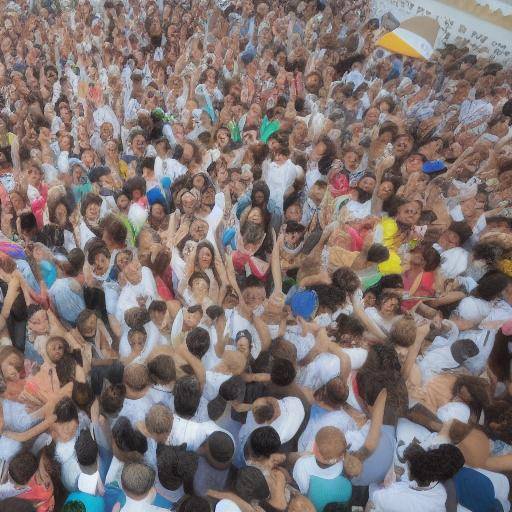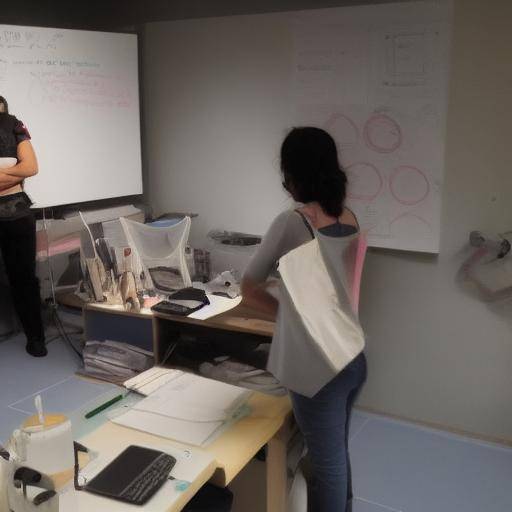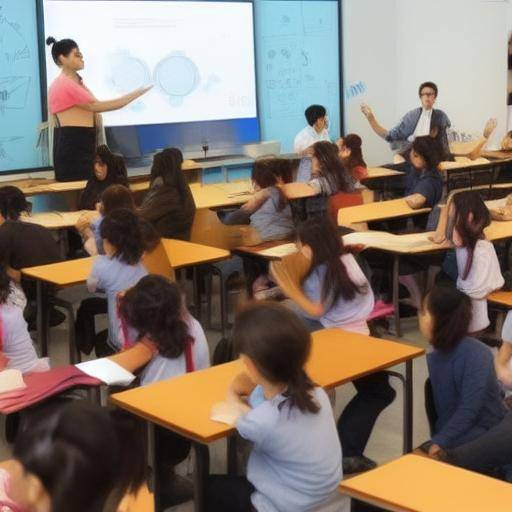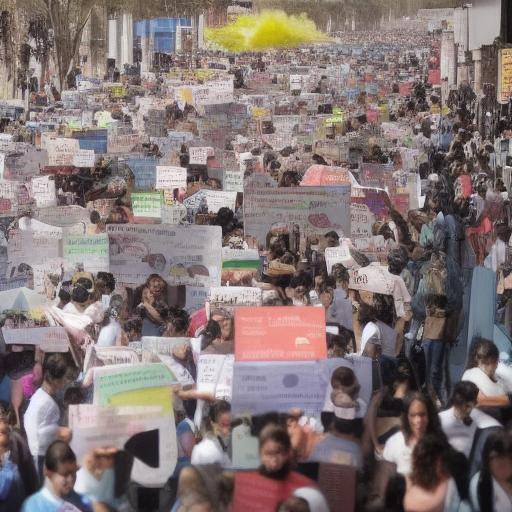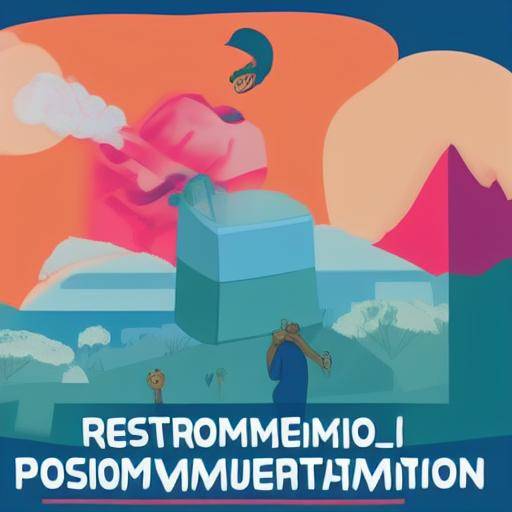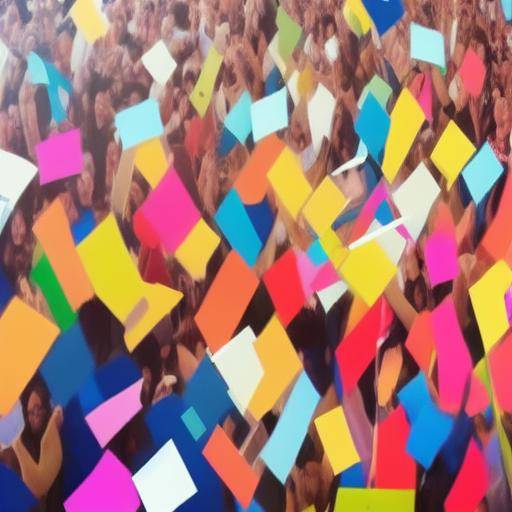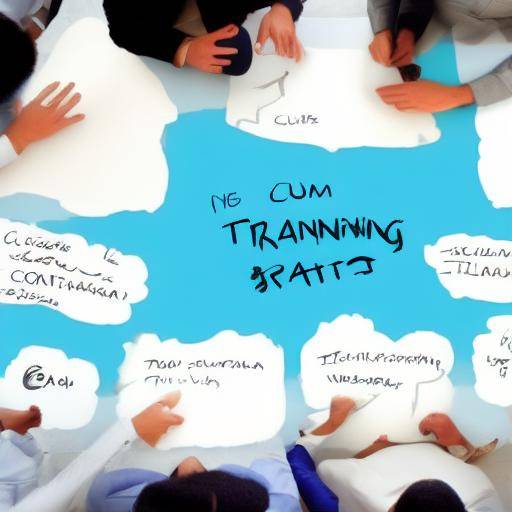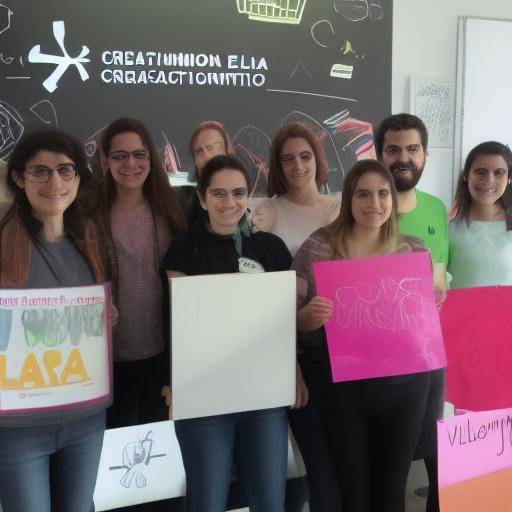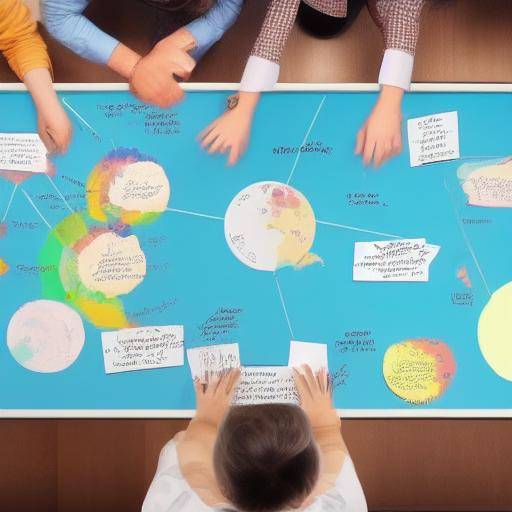
Introduction
Creativity is an invaluable asset in any field or industry. However, it can sometimes be challenging to channel and enhance this capacity to generate innovative ideas. In this article, we will explore brainstorming techniques, with a special focus on the use of mental maps as a powerful tool to stimulate creativity. You will learn how to use mental maps to release the potential of your mind and generate ideas effectively. We will explore from the foundations to advanced strategies, with the aim of enhancing your creative skills and promoting an open mind towards the creative process.
History and Background
Mental maps, also known as maps of ideas, were developed by British psychologist Tony Buzan in the 1960s. Buzan proposed the use of this tool as a way to organize and visualize thought, as well as to foster creativity and troubleshooting. Its innovative approach is based on the stimulation of brain connections, allowing ideas to flow naturally.
Mental maps have evolved significantly since their initial creation, and are currently used in various disciplines, from education to the business world. Their popularity has grown as their ability to free the creative potential of people and groups has been recognized.
Analysis of Deepness
Benefits of Mental Maps
Mental maps offer a number of benefits, including:
- Stimulation of creativity: in visually organizing ideas, the generation of new connections and concepts is encouraged.
- Improved retention of information: when using keywords and visual associations, the process of remembering the information represented on the map is facilitated.
- Effective communication: mental maps can serve as tools to present ideas clearly and concisely to others.
Challenges in the Use of Mental Maps
While mental maps are widely recognized for their advantages, they also present challenges, such as:
- Limitations to represent complex information: in certain contexts, it may be difficult to condense detailed information on a mental map.
- It requires practice and skill: skill in the development of mental maps may require time and practice to achieve an optimal level.
Current Trends in Using Mental Maps
In the digital era, mental maps have found a new platform through specialized tools and applications that allow the creation of maps efficiently and collaboratively. This has facilitated their adoption in virtual working and study environments, expanding their reach and popularity.
Exhaustive examination
Practices of Mental Maps
Mental maps find various practical applications in different fields, such as:
- Ideastorming and brainstorming processes.
- Planning and organization of projects and tasks.
- Preparation of summaries and effective notes.
Brainstorming inspiration and methods
The brainstorming is a widely used technique to encourage creative team ideas. By using mental maps within this process, the ability to explore connections and develop concepts in an innovative way is enhanced.
Best Practices to Stimulate Creativity
By combining the use of mental maps with brainstorming techniques, it is possible to improve the effectiveness of creative processes. Some strategies to stimulate creativity include including visual elements, exploring seemingly unrelated ideas, and fostering an atmosphere of openness and collaboration.
Comparative analysis
Comparison between Mental and Technical Maps of Brainstorming
While mental maps and brainstorming techniques are different tools, they are effectively complemented to enhance the generation of ideas. While mental maps focus on visualizing and organizing concepts, brainstorming techniques focus on joint generation of ideas through group collaboration and creativity. By combining both strategies, you can take advantage of the visual structure of mental maps to facilitate the visualization of ideas, while promoting active participation and the expansion of concepts during brainstorming sessions.
Powering Creativity through Mental Maps
Mental maps provide a unique platform for the expression and exploration of ideas, allowing the mind to free itself from conventional conceptual restrictions. By incorporating visual elements, colors, and non-linear connections, mental maps expand the spectrum of creative possibilities, providing a flexible structure for the generation of innovative ideas.
Practical Tips and Accessible Recommendations
Here are some practical tips to make the most of the use of mental maps in the brainstorming process:
- It uses colors and visual hierarchies to highlight key ideas and meaningful connections.
- It promotes free exploration of ideas without self-censorship, allowing creativity to flow without initial restrictions.
- It promotes the active participation of all participants, fostering an environment of collaboration and openness towards diversity of perspectives.
Industry Perspectives and Expert Reviews
According to experts in the field of creativity and innovative thinking, the use of mental maps in brainstorming has been consolidated as an effective strategy to stimulate the generation of relevant and original ideas. In addition, in business and educational environments, there has been an increase in the adoption of these practices to optimize individual and group creativity.
Case Studies and Real Life Applications
Various companies and organizations have implemented the use of mental maps in brainstorming processes, demonstrating significant results in the quality and quantity of ideas generated, as well as in the clarity and structuring of the developed concepts. These real cases demonstrate the effectiveness of this strategy to enhance creativity and innovation in practical contexts.
Future Trends and Predictions
As collaboration in virtual environments is consolidated as a key trend, it is expected that the use of mental maps in brainstorming and the generation of ideas will continue to expand, incorporating digital tools and collaborative platforms to enhance creativity in geographically distributed teams.
Conclusions and FAQs
Conclusions
The use of mental maps in brainstorming represents a powerful strategy to enhance creativity and the generation of innovative ideas. By incorporating this dynamic visual tool, the possibilities of exploration and creative expression are expanded, generating shocking results in educational, business and personal environments.
Frequently asked questions
1. What are the main differences between a mental map and a list of traditional ideas?
Unlike a list of conventional ideas, a mental map offers a visual representation of the connections, hierarchies and relationships between concepts and ideas, fostering a more holistic and creative approach.
2. Is it necessary to have artistic skills to create effective mental maps?
No advanced artistic skills are required to develop effective mental maps. The simple combination of keywords, colors and symbols can be highly effective to represent ideas visually and significantly.
3. What is the ideal time to use a mental map in a brainstorming process?
Mental maps can be used at any stage of a brainstorming process, from the initial generation of ideas to the structuring and consolidation of concepts generated during the session.
4. What are the best digital tools for mental mapping in the context of collaborative work?
Some popular tools for the creation of collaborative mental maps include MindMeister, Lucidchart and XMind, among others, which offer specific features to enhance teamwork and the generation of ideas together.
5. How can I evaluate the effectiveness of a mental map in a brainstorming process?
The effectiveness of a mental map can be evaluated by considering the quantity and quality of the ideas generated, as well as the clarity with which the connections and associations between concepts and elements represented on the map are presented.
6. Are there strategies to overcome the creative blockade by using mental maps at brainstorming?
Creative blockage can be overcome by techniques such as the exploration of seemingly unrelated ideas, the change of environment or the incorporation of stimulating visual elements into the creative process. Mental maps provide a versatile platform to implement such strategies.
Conclusions
The use of mental maps in the brainstorming process has been consolidated as an effective strategy to free the individual and group creative potential. By providing a dynamic visual platform for the generation and exploration of ideas, mental maps offer a flexible and powerful approach to enhance creativity and innovation in various contexts.
Through the combination of brainstorming techniques and the strategic use of mental maps, a significant boost can be given to the generation of original and relevant ideas, as well as to facilitate the clarification and structuring of emerging concepts. By integrating these practices into working environments, study and creativity, an open mindset is promoted towards the unlimited potential of the human mind to imagine, create and transform the world around us.
With the effective understanding and implementation of these strategies, we can unlock creativity and enhance the ability to face challenges with new perspectives, contributing significantly to progress and innovation in various areas of life.
Dare to explore the power of mental maps and brainstorming to unleash your creativity and dazzle the world with your revolutionary ideas!
Remember that creativity has no limits, so allow yourself to explore, experience and create without fear of the unknown!
Join the creative revolution and unleash your unlimited potential!
Discover the power of mental maps to free your creative genius!
Explore, imagine, create, and transform your world with mental maps and brainstorming!
Remember that creativity is the key to innovation, so free your imagination and surprise the world!
Be part of the creative revolution and discover the unlimited potential of your mind through mental maps and brainstorming.
Free your creative genius and dare to think differently!
Remember that creativity is the spark that lights up innovation, so let yourself shine with mental maps and brainstorming!
The future is yours to create, so unleash your creative genius and leave an indelible mark on the world with mental maps and brainstorming!



